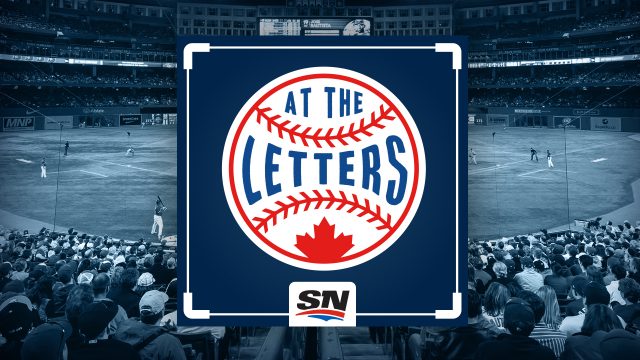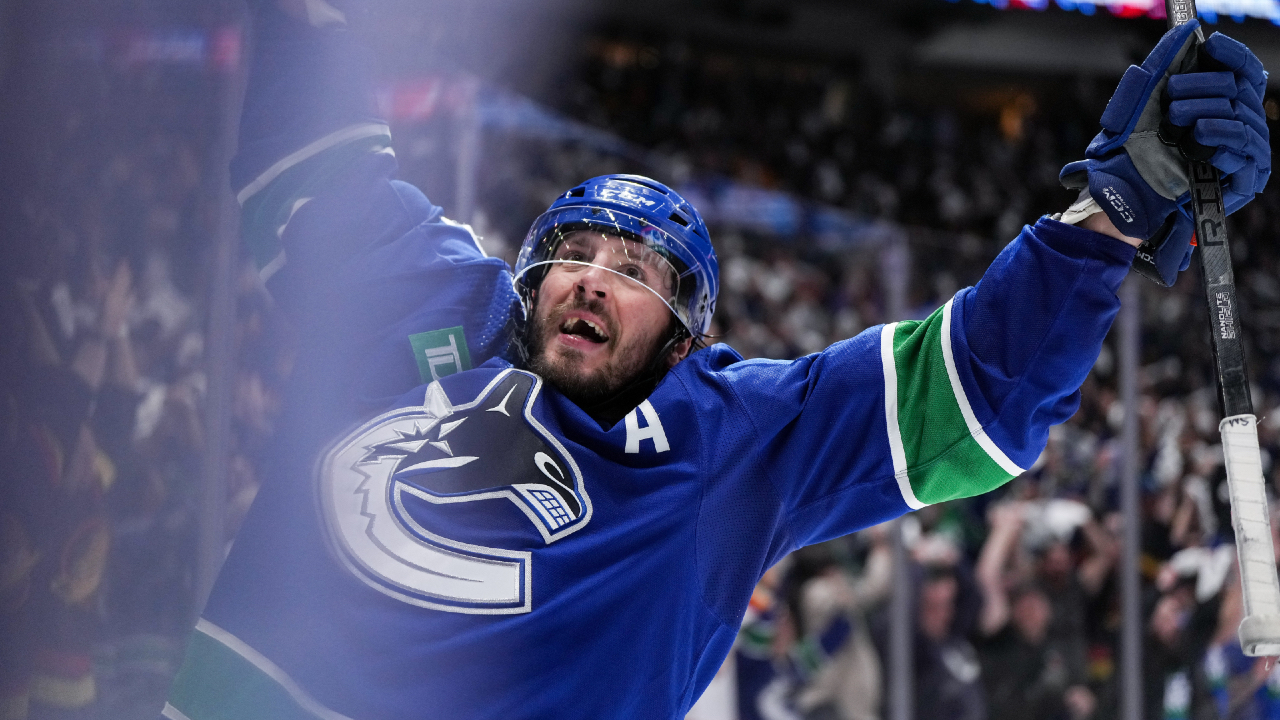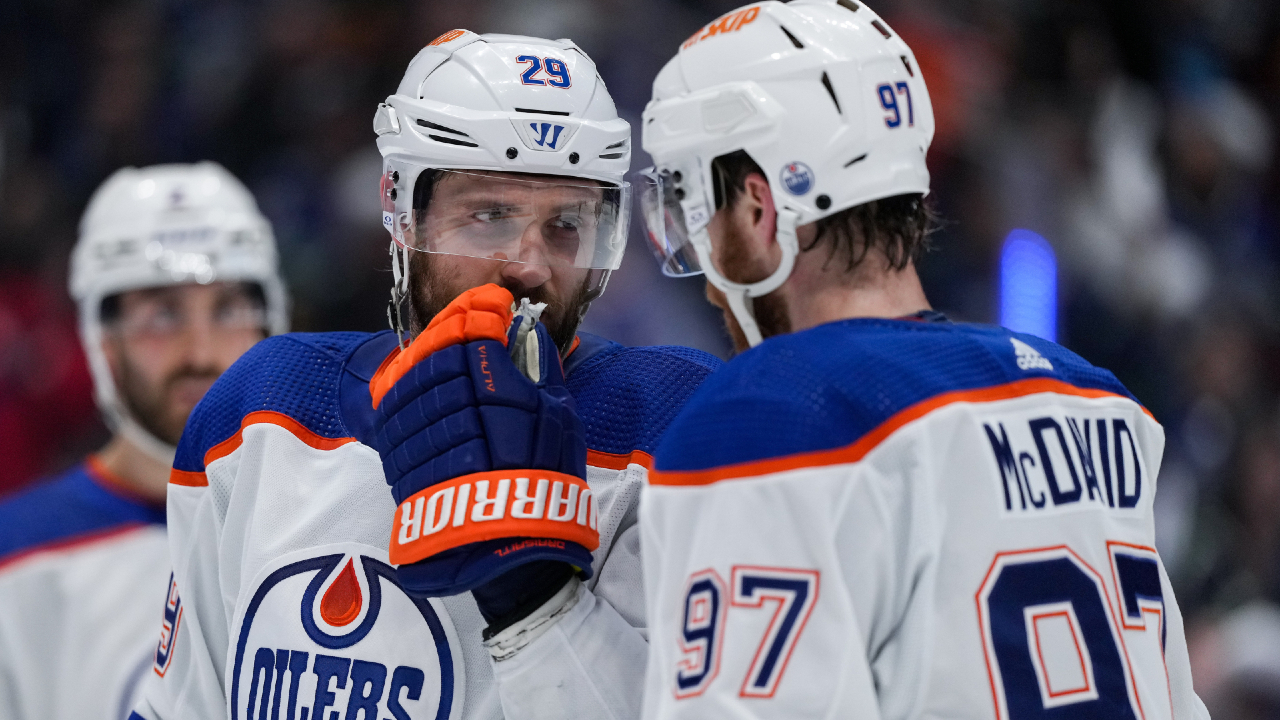
TORONTO – Forget for a moment about the latest positive tests around the majors and the lingering doubts about this whole enterprise, and let’s have a baseball conversation.
Remember those? They’re fun, way more fun than talking about COVID-19, which for the purposes of this exercise we’ll assume won’t upend an opening day that’s less than three weeks away.
The Toronto Blue Jays worked out in Dunedin, Fla., on Saturday, and, barring delays in the turnaround of their intake test results, are planning to charter north Sunday evening before hitting the field at Rogers Centre on Monday.
Their preparations for the 60-game season are intriguing, because as a team just beginning to open a competitive window rather than one jumping full bore in, they’ll need to pursue the concurrent goals of winning and developing young players.
That last part is especially tricky with the minor league season cancelled, making the majors the only place for young players to get meaningful reps, and that isn’t always congruent with getting results in the majors.
And once you factor in the possibilities created by small-sample size randomness — as general manager Ross Atkins noted Saturday during a conference call when he said, “One thing that has been mentioned and talked about and documented is that our objective chances have improved” — well, there’s a pretty fine line to be walked here.
“Our best development opportunity, as it stands right now, is going to be in the major leagues,” Atkins acknowledged. “But then it becomes balancing, is that actually what’s best for them at this time, and putting them in the best possible position to have extended success, not only for their careers, but also in just getting off to the best start this year.
“As we’ve talked a lot about in the past, just throwing someone into the major leagues on opening day just because it seems like they’re the hottest, they’re looking the best, we always want to factor in the body of work, what it means to be there on an opening day, what it means to be breaking with a team or the first time in your debut,” he continued. “The transitions are a huge part of success, and our view on ensuring that a player gets into the highest level at the optimal form and in the circumstances possible, while balancing your desire to win every single day, is what we’ll be thinking about.”
On certain fronts, that’s totally sensible. So before we get to Nate Pearson, since he’s surely on your mind, we’ll first look at things from a more macro lens.
For the likes of pitching prospects such as Anthony Kay, Julian Merryweather, Patrick Murphy, Thomas Hatch and Jacob Waguespack, to name a few, a measured approach makes sense, for a number of reasons. Each is capable of perhaps making a real contribution to a Blue Jays bullpen that had been likely to include closer Ken Giles, set-up men Anthony Bass and Rafael Dolis, plus Wilmer Font, Sam Gaviglio and Jordan Romano, especially with how things are to be run now.
With 30-man rosters for the first two weeks and 28-man clubs for two more weeks after that, plus no cap on how many pitchers a team can carry, the Blue Jays intend to “focus on competitiveness and less on bulk,” out of the gate with their pitchers, Atkins said.
A six-man rotation, piggybacking starters and a lot of opener-style outings are the likely byproducts of that. Talented, big velo arms maxing out for an inning or two really play in such a construct, which is why the Blue Jays “are talking about how to maximize that, how to think about that.”
So, Pearson.
The game’s top pitching prospect checks every single box. He spent the shutdown finding ways to continually get better, as colleague Ben Nicholson-Smith documented so well. Pearson needs, more than anything, to pitch and pitch often as he tries to make up for lost time.
Atkins tiptoed around Pearson questions like a burglar trying not to trip a sensor alarm, but right now there’s no realistic player development case the team can make in which the 23-year-old right-hander is better off at the team’s Alternative Training Site, set for Buffalo barring border issues, than in the majors.
Back during the first training camp, you could plausibly argue — as I did in March — that Pearson would benefit from a month of work with the triple-A Bisons, managing his innings count to ensure he’s able to go wire-to-wire for six months.
At this point, though, there can be no more blatant an example of service time manipulation than if Pearson isn’t on the opening day roster. Seriously, his development path isn’t improving by working out at Sahlen Field against depth players and prospects well younger than he is.
Pearson needs to pitch in games, which he can only do in the majors. He’s got the best pure stuff in the organization, and very few pitchers in the division can compare. He’d immediately make any team in the majors better.
The question, then, shouldn’t be whether Pearson breaks camp with the team, but rather, how can the Blue Jays get him as many innings as possible. Is he part of a six-man rotation – that would be 10 starts this season – or do they include him in a five-man group, which would get him two more outings?
Atkins ruled out using him exclusively in a relief role.
The other debate the Blue Jays need to have is how much run do players on the roster get if they come out of the gate cold. A 162-game marathon provides time for performances to normalize – a 60-game sprint does not.
How many plate appearances can be spent making determinations on bubble players like Anthony Alford and Derek Fisher? What happens if Teoscar Hernandez is the “first half of 2019” version of himself as opposed to the second half? How much rope does Vladimir Guerrero Jr. get at third base with the very defensively capable Travis Shaw working the other corner?
“And it’s beyond that,” Atkins said when the question was posed to him in more general terms. “I think you’ll see different styles of play, obviously not across the board and from every team, but teams are going to be thinking about the urgency of each win, the significance of each win in a shortened season. There’s always the pull and tug with getting into a rhythm and guys finding that rhythm and their timing, especially for hitters. You can make the same case for pitchers.
“What you don’t want is a revolving door and people just coming and going,” he continued. “The ultimate outcome is when you have every piece of your roster in a position to make an impact in some way and you’re figuring out a way to maximize that. (Manager) Charlie Montoyo is passionate about that. He’s always been passionate about that and thinking about how to maximize the roster and keep guys as primed as you possibly can.
“That will become a bigger challenge now, especially at the start of the season with a 30-man roster and having limited spring-training reps. But I think that could be a difference maker, is thinking about how you maximize a 30-man roster.”
There’s no better place to start than with Pearson. And there’s no better way for the Blue Jays to both maximize his development, and fully leverage their roster, than with him on it.






